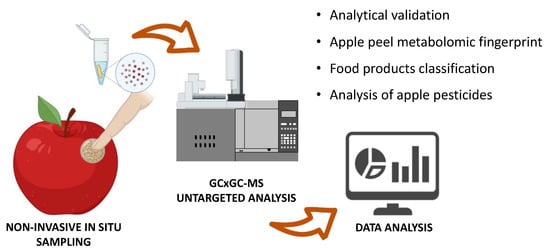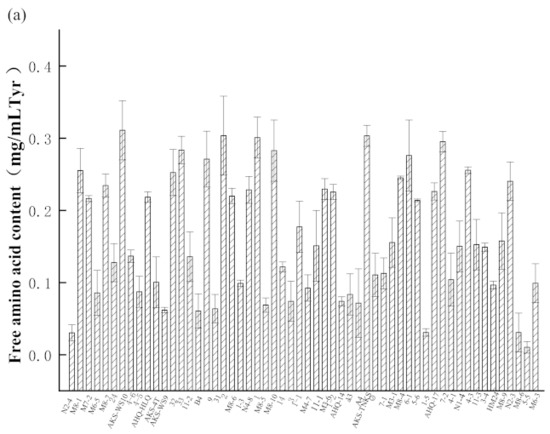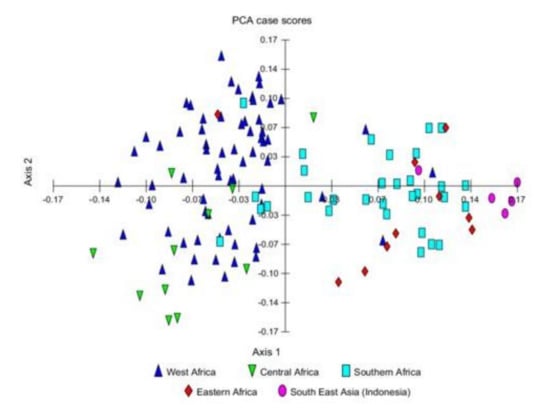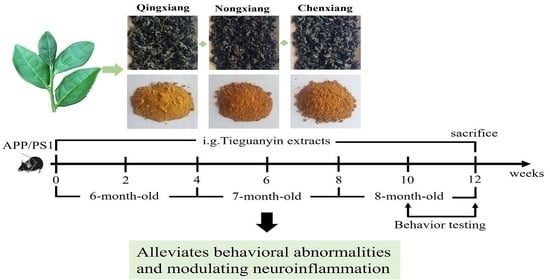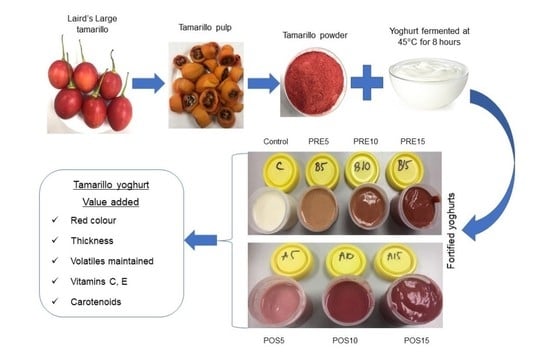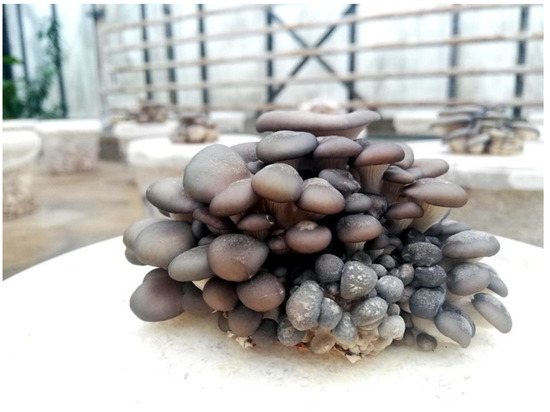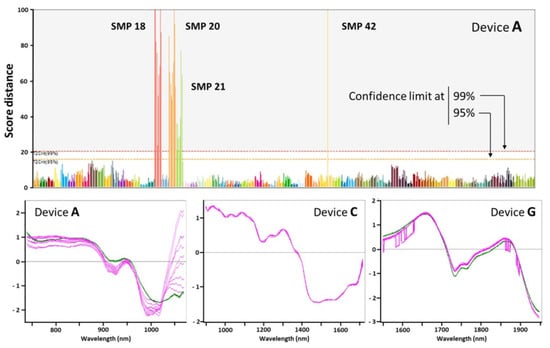Foods 2022, 11(1), 89; https://doi.org/10.3390/foods11010089 - 29 Dec 2021
Cited by 8 | Viewed by 2743
Abstract
Food authentication is very important to protect consumers, sellers, and producers from fraud. Although several methods have been developed using a wide range of analytical techniques, most of them require sample destruction and do not allow in situ sampling or analysis, nor reliable
[...] Read more.
Food authentication is very important to protect consumers, sellers, and producers from fraud. Although several methods have been developed using a wide range of analytical techniques, most of them require sample destruction and do not allow in situ sampling or analysis, nor reliable quantification of hundreds of molecules at the same time. To overcome these limitations, we have developed and validated a new noninvasive analytical workflow for food authentication. The method uses a functionalized strip to adsorb small molecules from the surface of the food product, followed by gas chromatography–mass spectrometry analysis of the desorbed analytes. We validated the method and applied it to the classification of five different apple varieties. Molecular concentrations obtained from the analysis of 44 apples were used to identify markers for apple cultivars or, in combination with machine learning techniques, to perform cultivar classification. The overall reproducibility of the method was very good, showing a good coefficient of variation for both targeted and untargeted analysis. The approach was able to correctly classify all samples. In addition, the method was also used to detect pesticides and the following molecules were found in almost all samples: chlorpyrifos-methyl, deltamethrin, and malathion. The proposed approach not only showed very good analytical performance, but also proved to be suitable for noninvasive food authentication and pesticide residue analysis.
Full article
(This article belongs to the Special Issue Innovative Application of Mass Spectrometry in Food Analysis)
►
Show Figures
